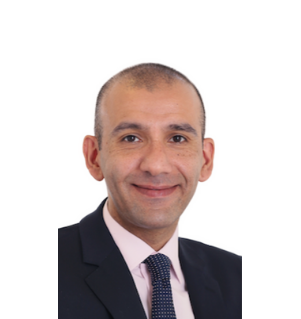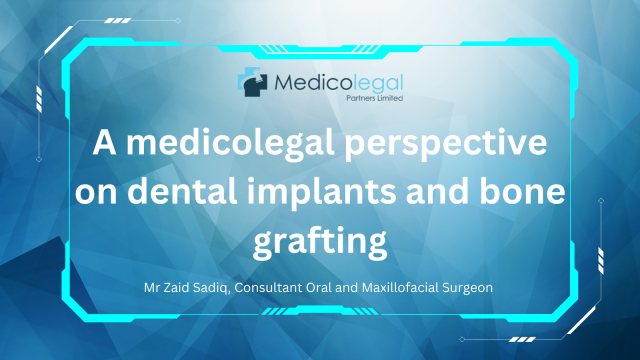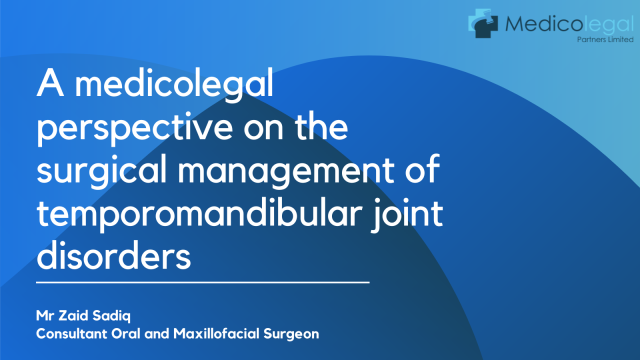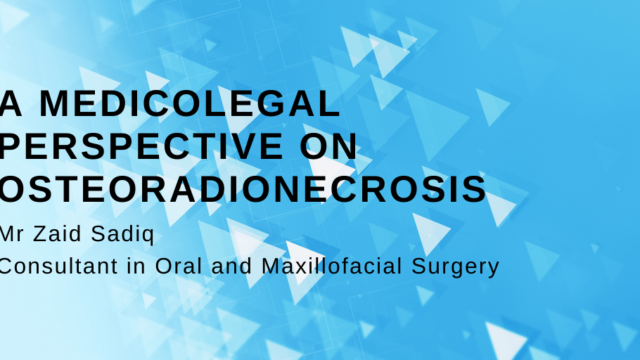Correcting facial deformities – a medicolegal perspective
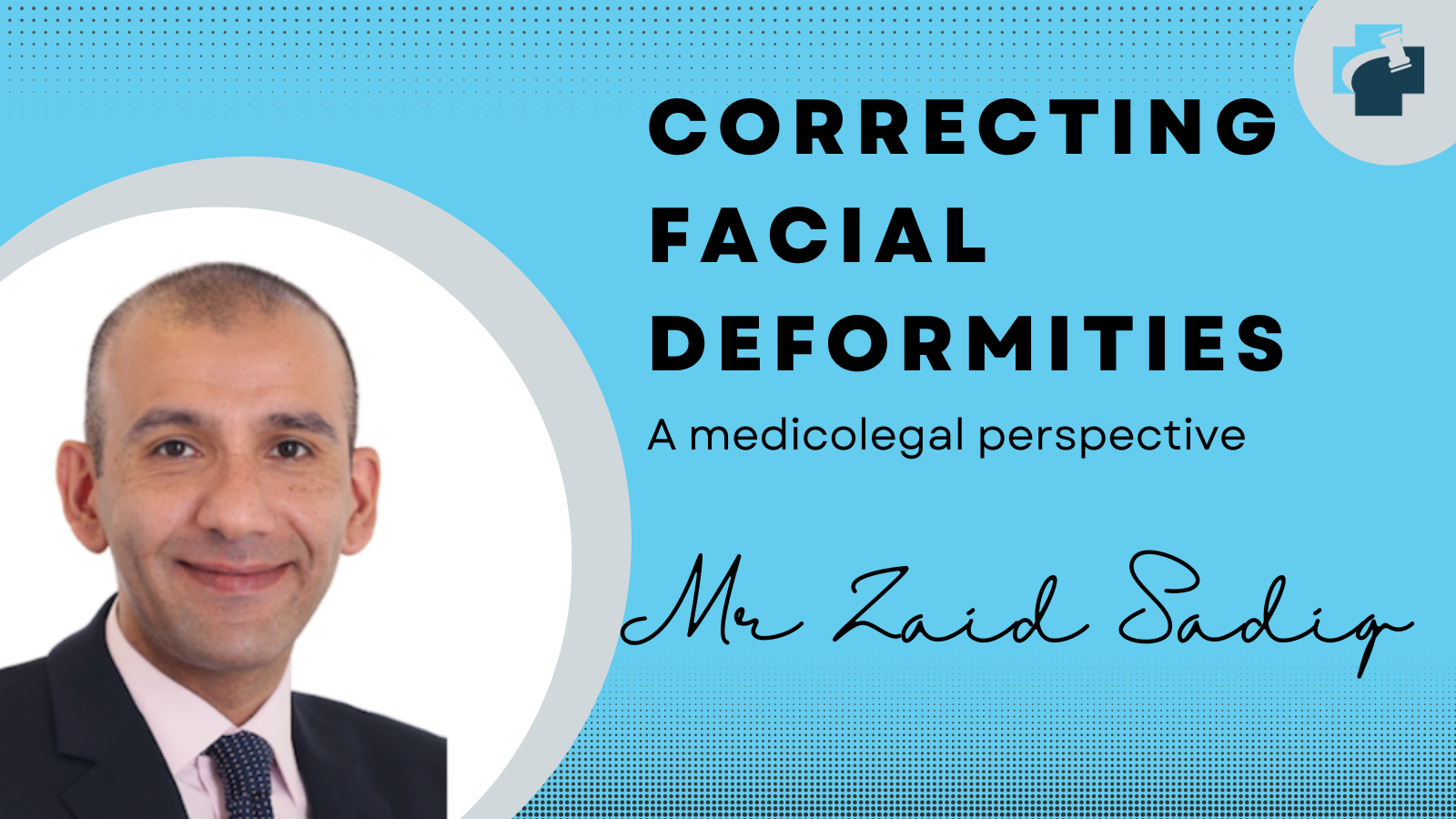
Facial deformities may occur due to congenital abnormalities or as a result of trauma or disease, and most have their origin in the bony structures of the face, but can also affect the soft tissue drape. Facial appearance is valued by every human society, and the brain has developed a specific area dedicated to facial recognition. In fact, we even assign personality traits on this basis: an attractive face is associated with positive personality traits and good morals, while the evil villain is often ugly or facially disfigured in some way. Patients with facial abnormalities, particularly children, can also unfairly be assumed to have low intelligence, which may impact on their educational opportunities and employment prospects. Furthermore, it is difficult to conceal a facial disfigurement. This means that those with facial abnormalities find it particularly difficult to integrate into society. This, combined with any physical issues associated with their condition, construes a significant patient burden. Not surprisingly, facial disfigurement is associated with poor social support, financial deprivation and increased levels of psychiatric symptoms such as depression and anxiety.
Therefore, many patients choose to undergo corrective surgery. However, it is important that patients understand exactly what can and can’t be achieved with reconstructive surgery. For instance, there are few good surgical options for the reconstruction of severe facial deformities, such as those caused by trauma or burns. For many other conditions, the results may not be ‘perfect’, but significant improvements can often be made.
The unique shape and structure of each individual face, as well as its many functions, mean that correcting deformities can be particularly challenging. Multiple operations may be needed but these can result in visible scarring and mismatches in tissue quality and texture. Suboptimal reconstruction of the nose, lips and eyelids can lead to problems with breathing, eating and vision, respectively.
The age of the patient can also affect the results of surgery. In young children, the facial bones are still growing and thus the long-term outcome of surgery can be difficult to predict. In some cases, overcorrection may be necessary to counteract the effects of subsequent growth in the patient, but getting the amount of correction just right can be difficult. However, if conditions such as craniostenosis are not corrected early enough or release of the stenotic sutures is incomplete, normal skull growth is affected and the brain may become constricted. Therefore, detailed postoperative evaluation is crucial. At the very least, it should be carried out 1, 2 and 5 years after surgery, but in very young patients, follow-up until maturity is recommended.
Furthermore, while all surgery carries risks, those associated with facial reconstruction can be higher. Often, operations last for several hours and the amount with significant risks , such as blood loss. The risk of infection can be high, as often there is a necessity to operate within the skull, nose and throat during the same procedure, increasing the risk of cross-contamination.
As well as general risks, there are certain issues that are associated with specific procedures. Cleft lip/palate is one of the most common human congenital disorders and is usually repaired surgically. Although achieving a satisfactory appearance of the lips is relatively easy, the accompanying nasal deformities often persist. Various techniques are available to restore the appearance of the nose, but none is wholly successful. Thus, there is a high relapse rate, which is often due to tension on the nasal structures created during surgery, which affects the nasal bones during any subsequent growth of the patient. A better understanding of the particular stresses generated by each surgical technique on existing features is required if the relapse rate is to be reduced, although current evidence suggests that alar base adduction, columella straightening and nasal tip elevation are all necessary for a successful outcome.
Malocclusion of the teeth can be a common issue in facial abnormalities. Any deformity that affects the lower portion of the face will almost inevitably affect occlusion. Conversely, significant malocclusion will have an effect on facial structures. Therefore, early correction can be carried out if the function of the teeth is affected, although additional correction may be necessary as the child grows. However, if only the proportions of the skull are affected and function is good, treatment can be postponed until growth is complete. In either case, the end goal is reconstruction of normal occlusion as part of deformity correction.
Experimental techniques such as face transplantation may give hope to patients with severe disfigurement. However, there is currently a lack of evidence that the benefits outweigh the risks of life-long immunosuppression and its significant side effects, which include malignancies and metabolic complications.
For many patients, the psychological effect of a facial deformity has as big an impact on their life as their physical symptoms, if not more so. Often, correction of a facial deformity can be truly life-changing, and leads to many psychological benefits and an overall increase in quality of life. Therefore, treatment needs to encompass not just surgical techniques, but psychosocial aspects as well. The best outcomes are usually achieved when the patient receives treatment from a multidisciplinary team, which includes healthcare professionals from many different fields.
Further reading:
Munro I. R. (1975). Correction of severe facial deformity. Canadian Medical Association Journal, 113(6), 531–535.
Schilli W. (1982). Facial deformities and their treatment. International Dental Journal, 32(2), 168–174.

